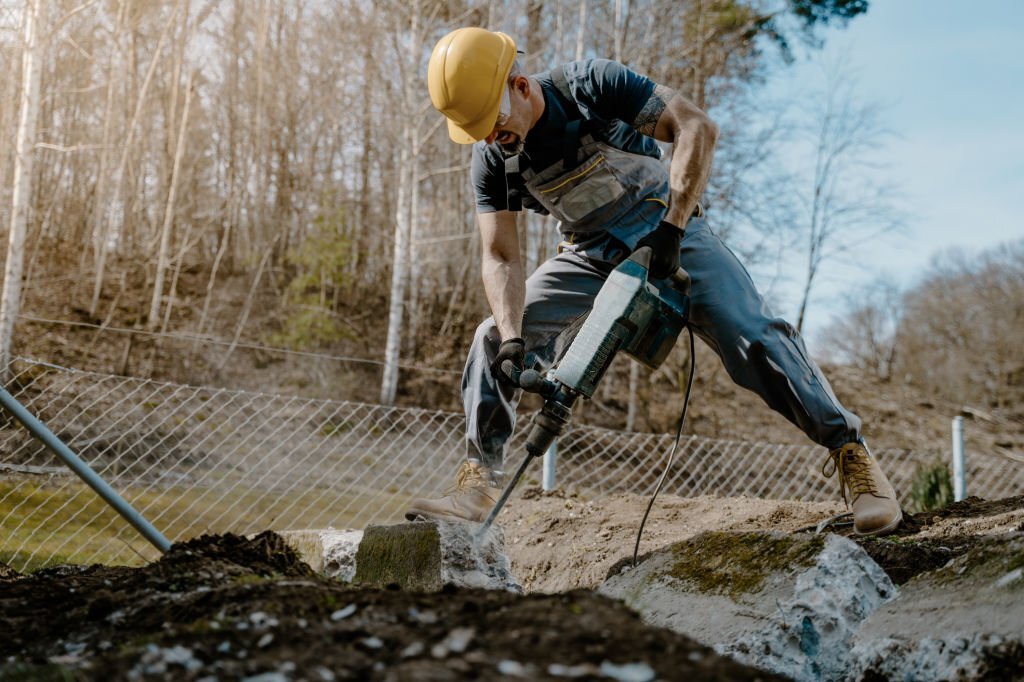From Sledgehammers to Jackhammers: A Guide to the Different Types of Hammers for Hire

When it comes to construction, having the right hammer for the job is crucial. But with so many different types of hammers on the market, it can be overwhelming to know which one is best for your project. Here is a guide to the different types of hammers for hire, so you can make an informed decision when it comes to selecting the right hammer for your next project.
Sledgehammer: A sledgehammer is a large, heavy hammer that is used for demolition work. It is ideal for breaking up concrete, asphalt, and other hard materials. These hammers are available in different weights, from 8 to 20 pounds, depending on the job.
Claw hammer: A claw hammer is a versatile tool that is used for a variety of tasks, such as framing, finish work, and demolition. It is a standard hammer with a claw on one end, which is used for removing nails.
Framing hammer: A framing hammer is similar to a claw hammer, but it is larger and heavier. It is used for framing and rough construction work. The framing hammer typically has a longer handle than a claw hammer, which provides more leverage and power.
Ball-peen hammer: A ball-peen hammer has a rounded head on one end and a flat head on the other. It is used for shaping metal and other materials, as well as for striking punches and chisels.
Brick hammer: A brick hammer is a specialized hammer that is used for bricklaying. It has a short handle and a chisel-like head that is used for cutting and shaping bricks.
Drywall hammer: A drywall hammer is a lightweight hammer that is used for hanging drywall. It has a flat head that is used to drive drywall nails and a sharp, pointed end that is used to make pilot holes in the drywall.
Jackhammer: A jackhammer is a powerful tool that is used for breaking up concrete, asphalt, and other hard materials. It is powered by electricity or compressed air and is available in different sizes depending on the job.
When choosing a hammer for your project, consider the type of work you’ll be doing, the materials you’ll be working with, and the size of the job. Remember to always wear the appropriate safety gear and to use the hammer properly to avoid injury.
By considering these different types of hammers, you can make an informed decision when it comes to selecting the right hammer for your next project. Keep in mind that you can always ask the rental company for advice and guidance on the best hammer for your specific job.



